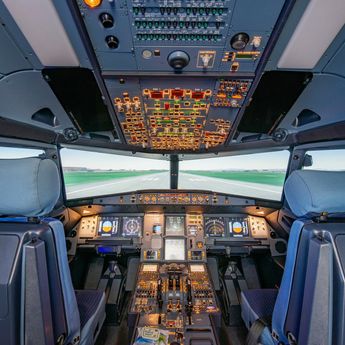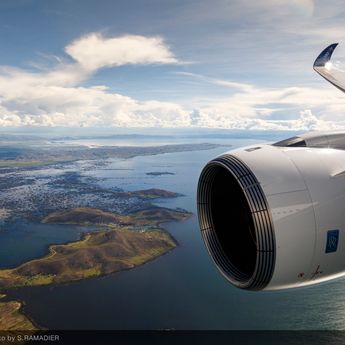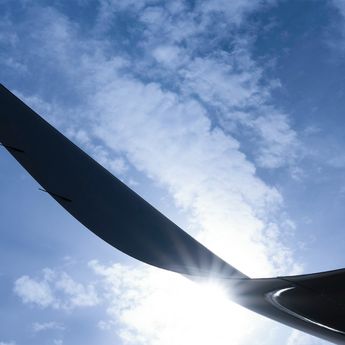Space safety in operations

Safe lifecycles for satellites in orbit
Satellites are primarily launched into orbit using rockets, and these spacecraft are expected to be operational during lifetimes that can easily reach 15 years. Additionally, they increasingly are required to be in a status to be able to dispose of themselves safely at the mission’s end.
By leading the launch services market for decades through the development of Ariane launchers, Airbus has played an important role in launching satellites into Earth orbit and beyond for deep space exploration. Today, the company maintains its presence in this sector through its participation in ArianeGroup – the joint venture of Airbus and Safran.

Safety from launch operations to disposal at end-of-life
Manufacturing and utilisation of large launch vehicles requires the strictest measures of safety. Occupational safety is a top priority for the Ariane launch base, located at the Guiana Space Centre in South America. ArianeGroup applies specific management and preventive measures to provide a safe work environment at the launch facility. This includes strict procedures for the handling of Ariane launchers and their propellant – from launch vehicle processing to the lift-off and ascent, along with training to keep all employees and subcontractors abreast of health and safety regulations.
To ensure that risks are minimised, no operation is performed without a preliminary safety analysis. Risk prevention measures include the wearing of appropriate personal protective equipment during preparation of both the launcher and its spacecraft payloads. The measures also include clearly determined procedures in the handling of hazardous materials for the propulsion systems that are used in the launchers and their payloads.

Safety at every step of the process
During launch, predetermined launch tracks and strict range safety procedures ensure that potential failures of the launcher will not create damage on the ground.
When orbit has been reached, the satellite payloads are separated from the launch vehicle’s upper stage in such a way as to prevent collision with other objects in orbit.
For each flight, the Ariane launcher’s mission ends with the controlled re-entry of all stages through the atmosphere.

Controlling space debris
In partnership with the French CNES space agency, specific procedures are implemented to prevent launches at moments that may pose a threat of collision with other celestial bodies for spacecraft on escape trajectories from Earth orbit. This is aligned with the planetary protection policy of COSPAR (the Committee on Space Research).
ArianeGroup and Airbus work closely with the European Space Agency to ensure that environmental protection measures for launchers and satellites are integrated beginning at the initial design stage.
Monitoring the trajectory of debris and active spacecraft and manoeuvring around these objects helps to prevent collisions through dual goals of avoiding the loss of valuable spacecraft and preventing the creation of new space debris that can endanger further missions.
The design of satellites for reliable and fail-safe operations – with an option of safe passivation or active de-orbiting at mission end – is an additional means to help ensure Airbus products do not contribute to space debris.
The latest on safety
In the spotlight
-

Creating a community of mentors to support the next generation of pilots
Web Story
Helicopters
Aerial film legend, Fred North, has created a new mentorship programme that aims to help young pilots benefit from the wisdom of more experienced peers. -

What is a Full Flight Simulator?
Web Story
Commercial Aircraft
-

Flying with lithium ion batteries in passenger luggage
Web Story
Safety
-

Flight control system: more redundancy to enhance resilience
Web Story
Safety
-

Aviation safety trends show need for continued vigilance
Web Story
Safety



